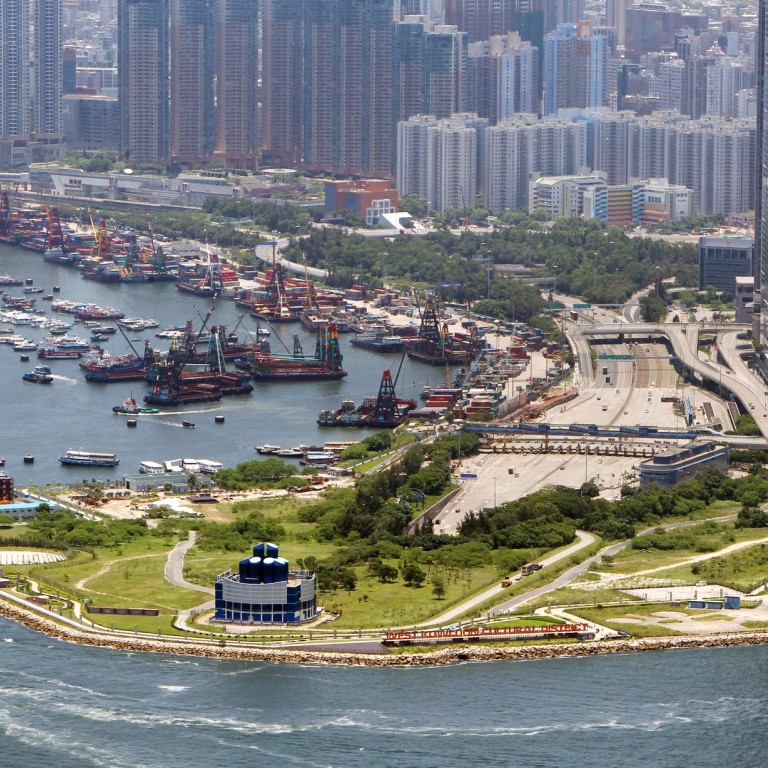
Private sector needs nudge to fund cultural projects
When the Hong Kong government recently pulled the plug on Para/Site by not renewing its "Springboard" matching grant, many believed the only way the independent art space in Sheung Wan could sustain itself would be to turn to private funding. Similarly, Woofer Ten, an alternative art group based in Shanghai Street that has lost its grant from the Hong Kong Arts Development Council, may also need to look for private money if it wants to continue.
Meanwhile, Chief Secretary Carrie Lam Cheng Yuet-ngor has indicated the government will not commit more money to the West Kowloon Cultural District other than its initial HK$21.6 billion investment. So, after its first phase (to be completed by 2018), the project is expected to seek private funding.
While M+ is expected to be comparable to London's Tate Modern or New York's Museum of Modern Art, Hong Kong lacks the tradition of cultural patronage.
The government seems to be encouraging the arts to turn to private sources for funding, despite the fact our Treasury is brimming with surpluses. But is that a more desirable alternative for supporting Hong Kong arts?
Let's take M+ as an example. It is agreed that a city like ours needs a world-class museum for educational and cultural development reasons. What's more, since our manufacturing industry has moved north over recent decades, Hong Kong needs new industries that can help drive the local economy. The creative sector can do just that.
Art boosts businesses such as art transportation, storage, insurance and educational facilities as well as, potentially, jobs. And those jobs have a positive impact on society, economically and culturally. Shouldn't the government play a part in nurturing this young and growing industry?
While the world-class museum (for that is what it aspires to be) is part of the first phase of the West Kowloon development, it will need funding beyond 2018. Of the HK$21.6 billion, HK$5 billion goes to M+ (plus HK$1 billion for acquisitions). Some critics say that is a big sum but consider that Lars Nittve, executive director of M+, pulled off a coup by securing a major donation of 1,500 pieces of Chinese contemporary art from Swiss collector Uli Sigg. That alone is estimated to be worth around HK$1.7 billion.
The government's backing has given confidence to a collector to donate an amount worth almost half the official budget for the museum. But M+ still needs to attract more patrons, donors and artists to either donate or sell works at attractive prices in the future.
Looking at the art market today, M+'s HK$1 billion allocation for acquisitions seems small. This amount is expected to have been spent by the time the museum opens. After that, the acquisition fund should come out of the income from West Kowloon's retail dining and entertainment. That will not be enough to build the collection Hong Kong's prime museum deserves.
While M+ is expected to be comparable to London's Tate Modern or New York's Museum of Modern Art, Hong Kong lacks the tradition of cultural patronage. Although Tate Modern has been around for just 12 years, London's first museums were established more than 400 years ago, and MoMA was founded in 1929. New York has more than 80 museums and London in excess of 240. Both museums get a good part of their funding from the private sector, encouraged by government laws and regulations such as tax deductions for donors.
This will eventually be the way forward for Hong Kong. However, expecting Hong Kong's private sector to behave in the same way as that in Britain or the US is daydreaming. Vested interests still outweigh cultivated philanthropic goodwill in this city.
